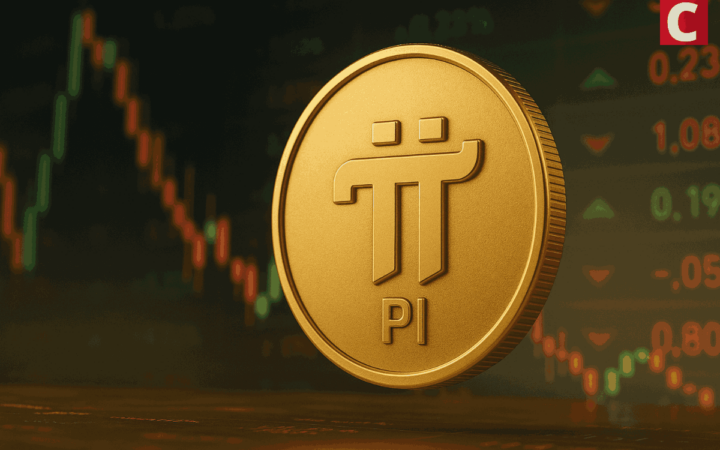Macro investor and founder of Global Macro Investor (GMI) Raoul Pal, has pushed back against growing concerns that technology stocks are once again in a bubble.
According to Pal, the Nasdaq 100 remains well within its long-term growth trajectory, contrary to comparisons being made with the late 1990s dot-com mania, he said in an X post on October 12.
Notably, his observation comes at a time recent market rallies in major tech names have sparked debate about whether valuations have detached from fundamentals.
To this end, investors have pointed to soaring price-to-earnings ratios and the dominance of a few mega-cap firms as signs of speculative excess. However, Pal argued the data tells a different story.
He pointed out that the Nasdaq’s current position is less than one standard deviation above its long-term logarithmic regression trend , a contrast to the late 1990s, when prices surged multiple standard deviations above the trendline.
The late-1990s bubble saw an explosive move far beyond the established channel, while today’s rise remains statistically normal within historical bounds.
Impact of P/E ratios
Pal also downplayed concerns over lofty P/E ratios in stocks like Palantir, explaining that rising valuations stem from monetary debasement rather than investor mania.
When money supply growth outpaces real GDP, prices rise faster than earnings, naturally inflating P/E ratios, a dynamic he called the “denominator effect.”
With about 11% annual debasement versus 2% GDP growth, he noted, P/E ratios could double every eight years.
He added that muted liquidity conditions are temporary, as most U.S. corporate debt will be rolled over in the coming year, triggering fresh liquidity inflows. Historically, such periods have preceded strong rallies in both tech stocks and Bitcoin, which move closely with global liquidity trends.
Featured image from Shutterstock
Source: https://finbold.com/finance-guru-raoul-pal-reveals-why-tech-stock-bubble-isnt-happening/


